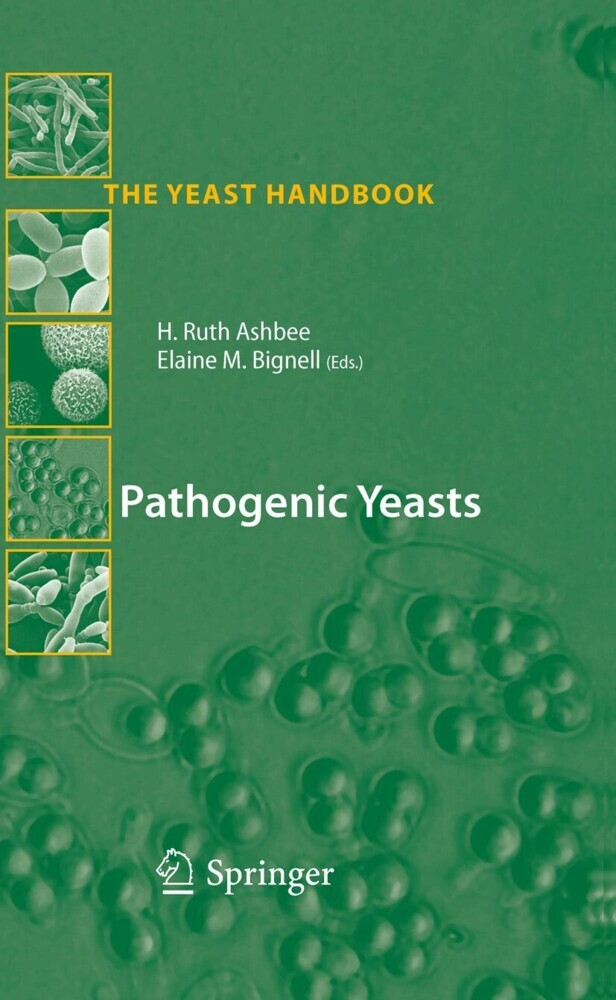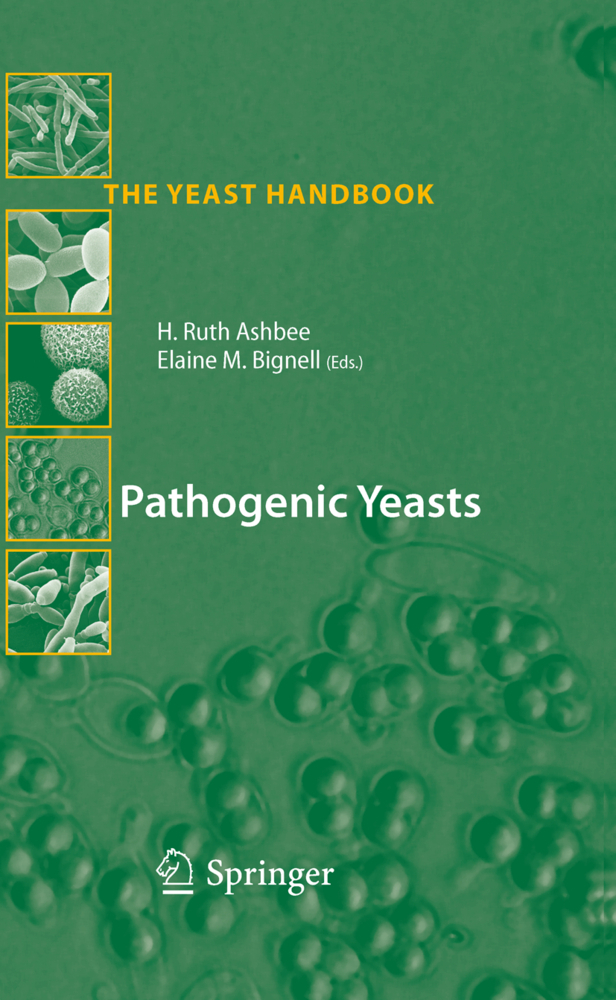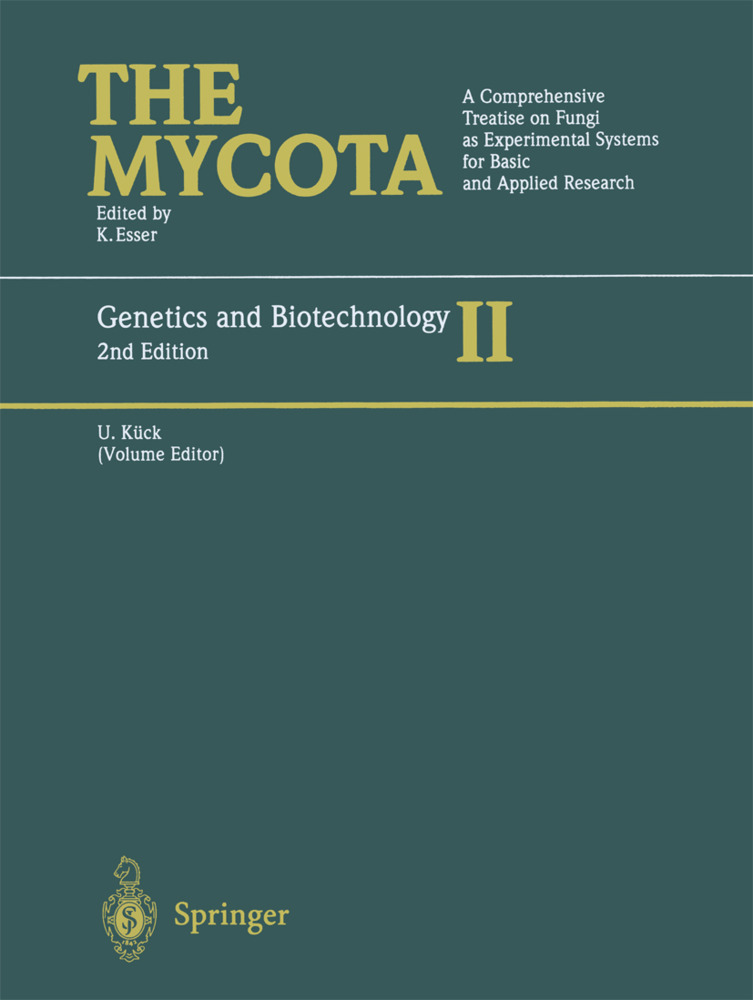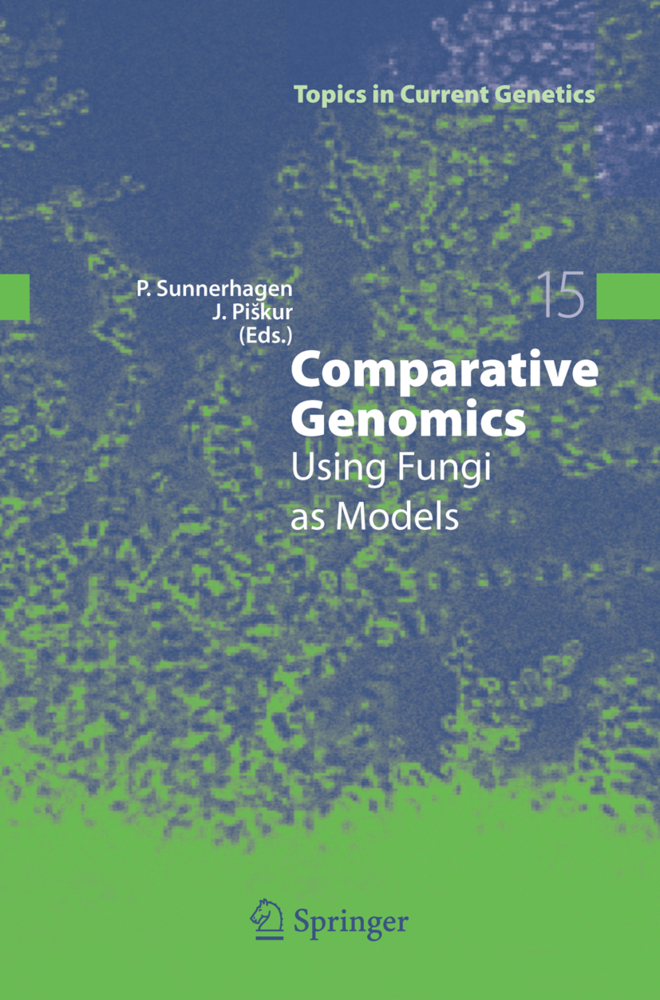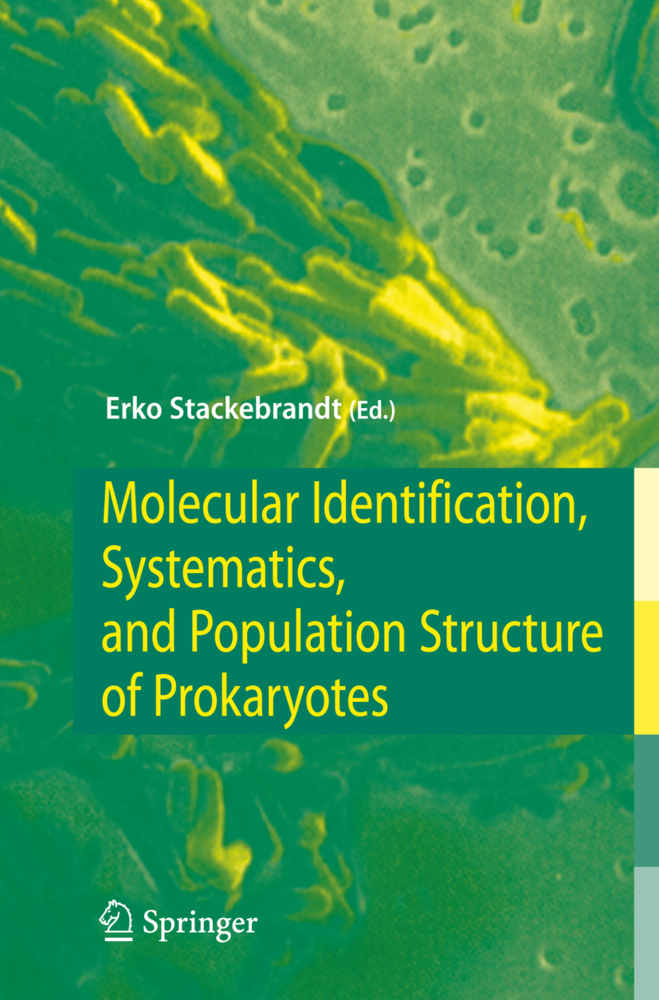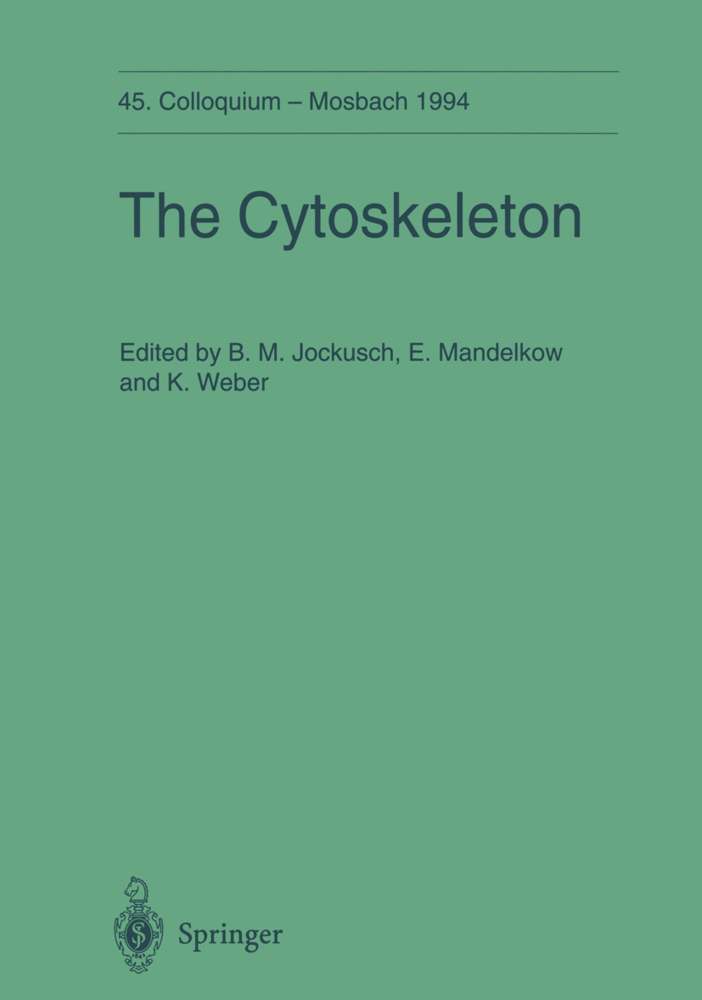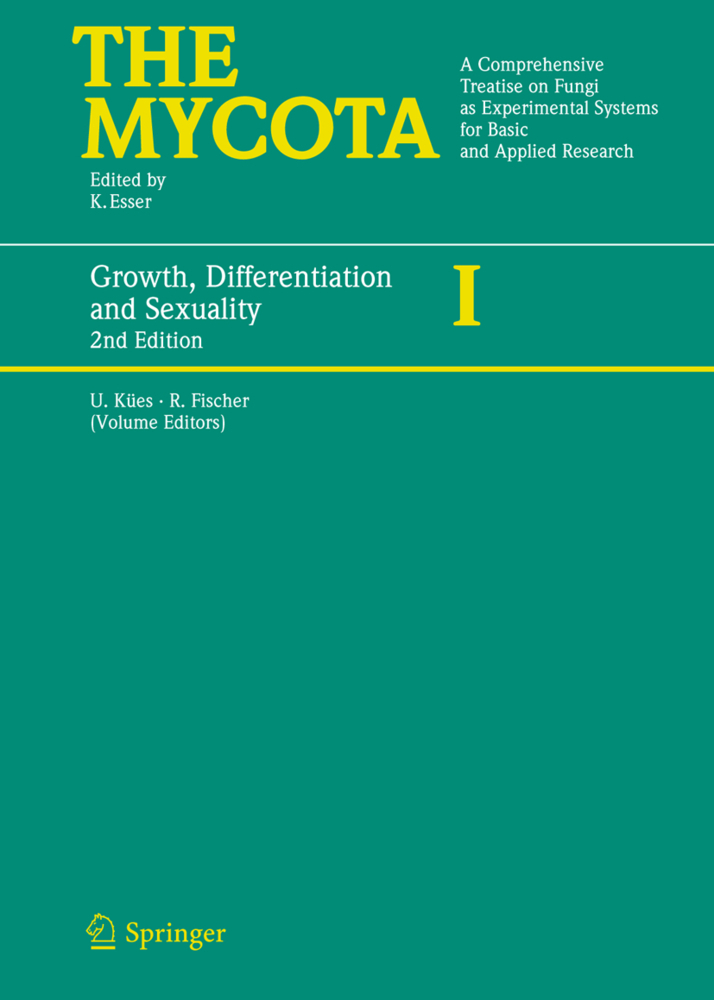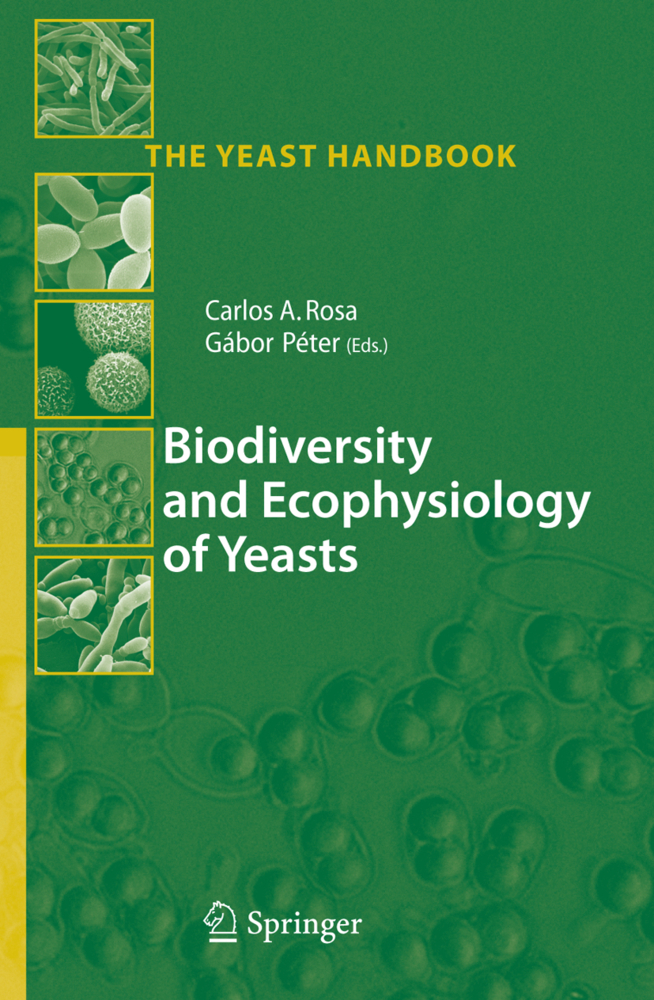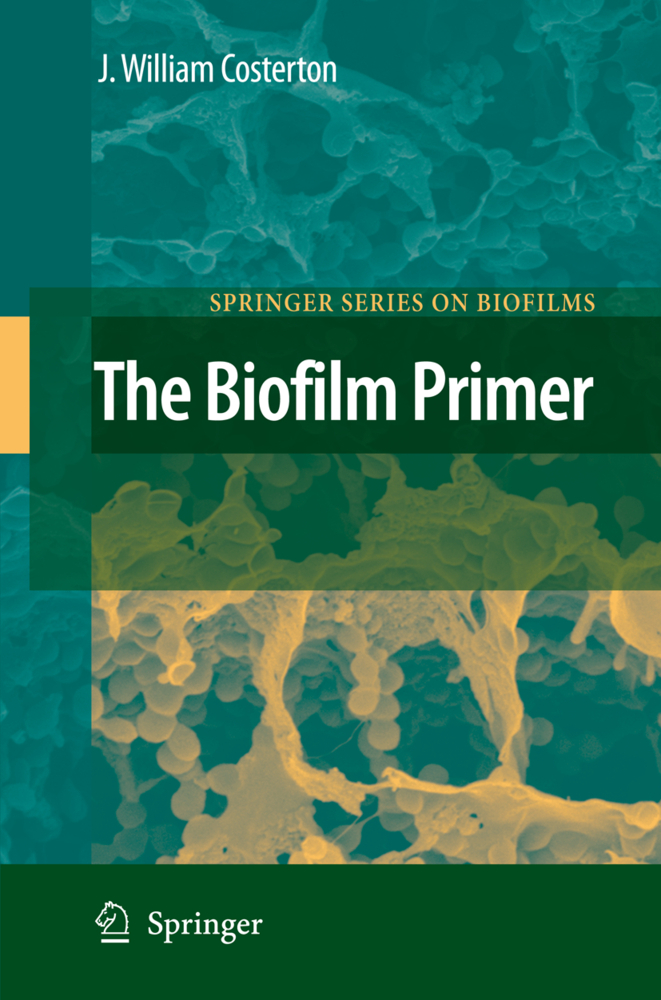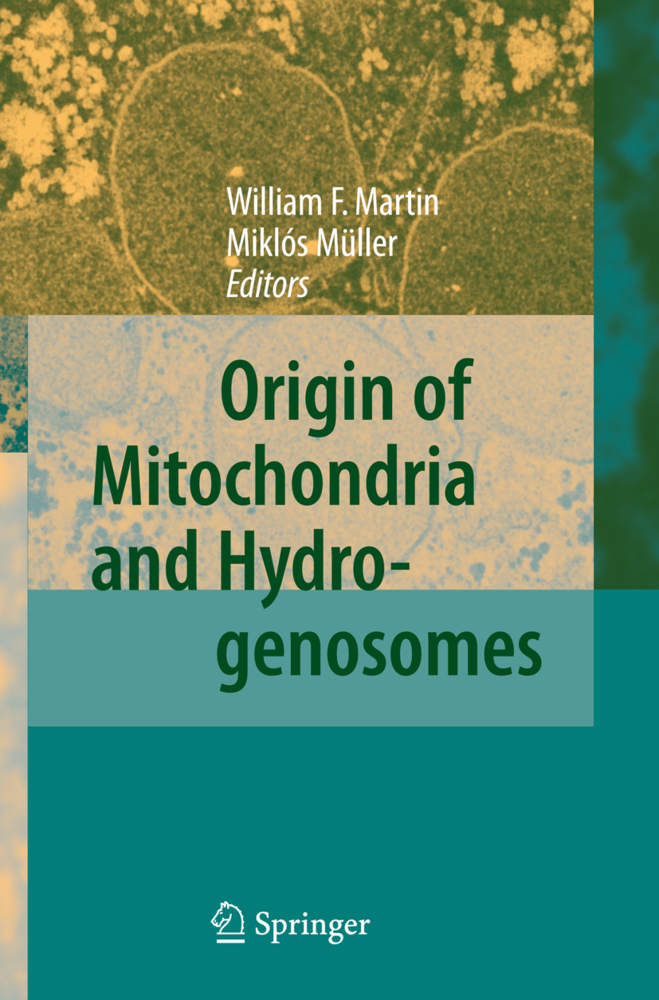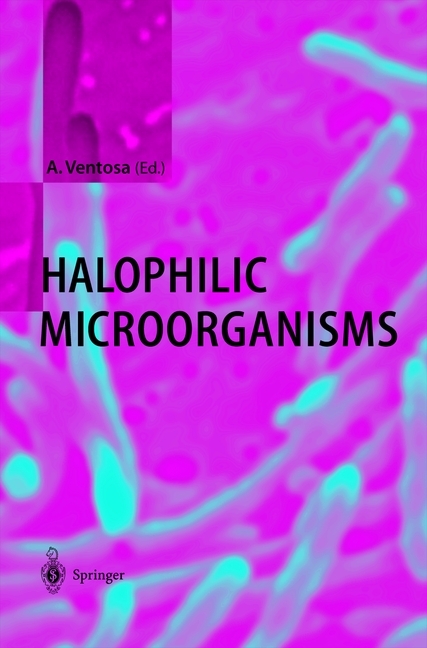Mycological studies of yeasts are entering a new phase, with the sequencing of multiple fungal genomes informing our understanding of their ability to cause disease and interact with the host. At the same time, the ongoing use of traditional methods in many clinical mycology laboratories continues to provide information for the diagnosis and treatment of patients. This volume reviews various aspects of pathogenic yeasts and what is known about their molecular and cellular biology and virulence, in addition to looking at clinical and laboratory findings. As each chapter is written by a leading expert in the field, this book summarizes in one volume much of the latest research on several pathogenic yeasts, including Candida, Cryptococcus, Malassezia and yeasts of emerging importance. The importance of laboratory diagnosis, antifungal susceptibility testing, antifungal resistance and yeast diseases in animals are reviewed.
1;112284_1_En_FM1_OnlinePDF;1 2;112284_1_En_1_Chapter_OnlinePDF;9 2.1;1: Comparative Genomic Analysis of Pathogenic Yeasts and the Evolution of Virulence;9 2.1.1;Comparative Genome Analysis;11 2.1.2;Analysis of Basidiomycete Genomes;12 2.1.3;Analysis of Ascomycete Genomes;13 2.1.3.1;The Aspergilli;13 2.1.3.2;Candida Genomes;14 2.1.3.3;Evolution of Gene Families Associated with Virulence;15 2.1.3.4;Analysis of Synteny in Candida Genomes;17 2.1.4;Differential Gene Regulation and Evolution of Virulence;20 2.1.5;References;22 3;112284_1_En_2_Chapter_OnlinePDF;27 3.1;Chapter 2: Molecular Epidemiology of Candida Species;27 3.1.1;Introduction;27 3.1.1.1;Epidemiology of Candidosis;28 3.1.2;Molecular Epidemiology;30 3.1.2.1;DNA Fingerprinting with Dispersed, Repetitive Elements;30 3.1.2.2;Multi-Locus Sequence Typing (MLST) of C. albicans;32 3.1.2.2.1;Defining Clonal Clusters by MLST;35 3.1.2.2.2;Insights on Population Structure of C. albicans from MLST;35 3.1.2.2.3;Epidemiological Investigations with MLST;38 3.1.3;MLST of Non-C. albicans Candida Species;39 3.1.4;Future Directions for Typing of Candida Species;41 3.1.5;Conclusions;42 3.1.6;References;43 4;112284_1_En_3_Chapter_OnlinePDF;48 4.1;Chapter 3: Candida Infections and Modelling Disease;48 4.1.1;Candida Species as Commensals;48 4.1.2;Candida Species Associated with Disease;50 4.1.2.1;Oral Candidiasis;50 4.1.2.2;Vaginal Candidiasis;51 4.1.2.3; Disseminated Candidiasis;52 4.1.3; Modelling Candida Carriage and Infection;54 4.1.3.1; Experimental Models of Candida Infection: The Reductionist Approach;54 4.1.3.1.1;Cell-Based Models;54 4.1.3.1.1.1;Monocyte-Candida Interactions;54 4.1.3.1.1.2;Macrophage-Candida Interactions;55 4.1.3.1.1.3;Neutrophil-Candida Interactions;56 4.1.3.1.1.4; Dendritic Cell-Candida Interactions;56 4.1.3.1.1.5; Epithelial Cell- and Endothelial Cell-Candida Interactions;57 4.1.3.1.2;Reconstituted Human Epithelial Models (RHE) and Tissue Explants;57 4.1.3.2;Whole Animal Approaches;58 4.1.3.2.1;Invertebrate Models;58 4.1.3.2.2;Vertebrate Models;58 4.1.3.2.2.1;Mucosal Models;59 4.1.3.2.2.1.1;Models of Oral and Gastrointestinal Carriage and Infection;59 4.1.3.2.2.1.2;Models of Vaginal Carriage and Infection;60 4.1.3.2.2.1.3;Models of Systemic Infection;61 4.1.3.2.2.2;Gastrointestinal Dissemination;61 4.1.3.2.2.3;Intravenous Challenge;61 4.1.4;References;62 5;112284_1_En_4_Chapter_OnlinePDF;75 5.1;Chapter 4: Candida albicans Cell Wall Mediated Virulence;75 5.1.1;C. albicans Cell Wall Architecture;75 5.1.1.1;Cell Wall Proteins;76 5.1.2;Cell Wall Remodelling During Morphogenesis and Variation in pH;78 5.1.3;Phenotypic Switching;81 5.1.4;Comparative Cell Wall-Omics;81 5.1.5;Glycosylphosphatidylinositol Anchored Cell Wall Proteins;82 5.1.6;Cell Wall Associated Virulence Attributes;82 5.1.6.1;Adhesion;82 5.1.6.1.1;Als family;83 5.1.6.1.2;Eap1;84 5.1.6.1.3;Hwp1;84 5.1.6.1.4;Ywp1;84 5.1.6.1.5;Int1;85 5.1.6.2;Cell Surface Hydrophobicity;85 5.1.6.3;Superoxide Dismutases (SODs);86 5.1.6.4;Phospholipases;86 5.1.6.5;Iron Binding Proteins;87 5.1.6.6;Als3 a Multi-Functional Adhesin, Invasin and Ferritin-Binding Protein;87 5.1.6.7;Biofilm Formation;88 5.1.6.7.1;Interactions with Host Cells;89 5.1.6.7.2;Wall as Potential Source of Novel Therapies;90 5.1.7;Future Perspectives;90 5.1.8;References;91 6;112284_1_En_5_Chapter_OnlinePDF;102 6.1;Chapter 5: Secreted Candida Proteins: Pathogenicitypathogenicity and Host Immunity;102 6.1.1;Introduction;102 6.1.2;The Secretory Pathwaysecretory pathway in Fungi;103 6.1.3;The Secretory Proteins of Candida spp.;104 6.1.4;Non-Covalently Linked Cell Wall Associated Secreted Proteins;104 6.1.5;Candida Proteins Secreted from the Cell;107 6.1.5.1;Candida Secreted Aspartyl Proteinases;107 6.1.5.1.1;Candida Secreted Aspartyl Proteinases: Processing, Activation and Structuresecreted aspartyl proteinasesprocessing, activation;108 6.1.5.1.2;Candida Secreted Aspartyl Proteinases: Role in Pathogenicitysecreted aspartyl proteinasesrole in pathogenicity;109 6.
| ISBN | 9783642031502 |
|---|---|
| Artikelnummer | 9783642031502 |
| Medientyp | E-Book - PDF |
| Auflage | 2. Aufl. |
| Copyrightjahr | 2009 |
| Verlag | Springer-Verlag |
| Umfang | 365 Seiten |
| Sprache | Englisch |
| Kopierschutz | Digitales Wasserzeichen |

